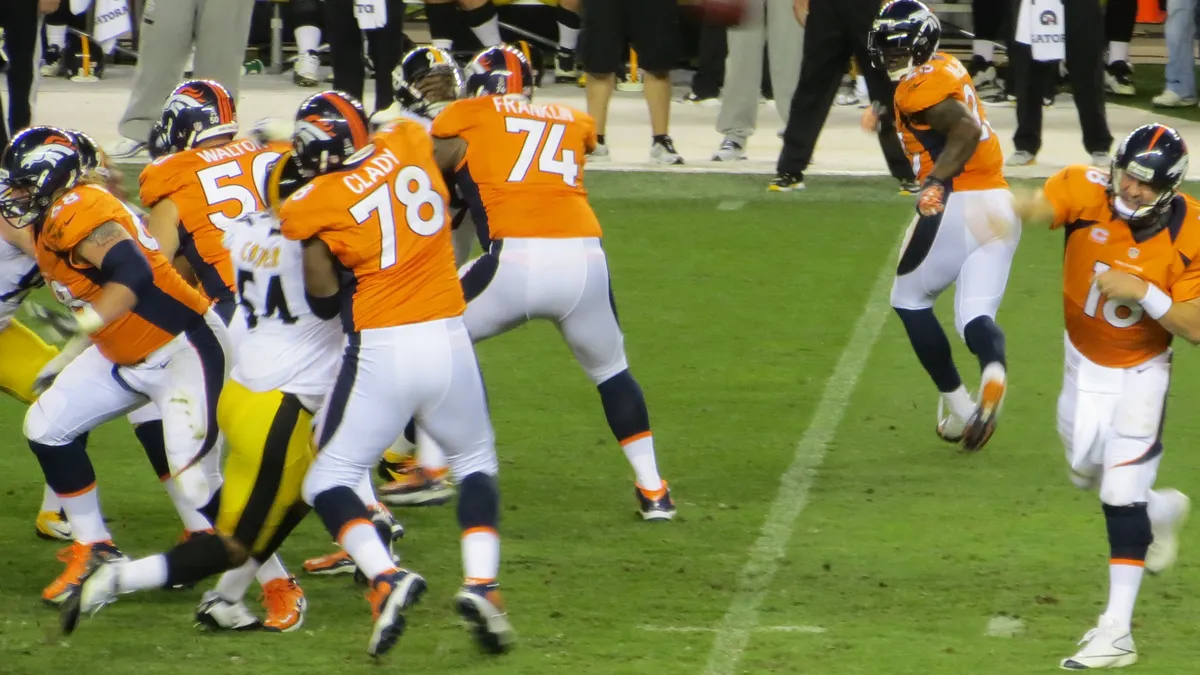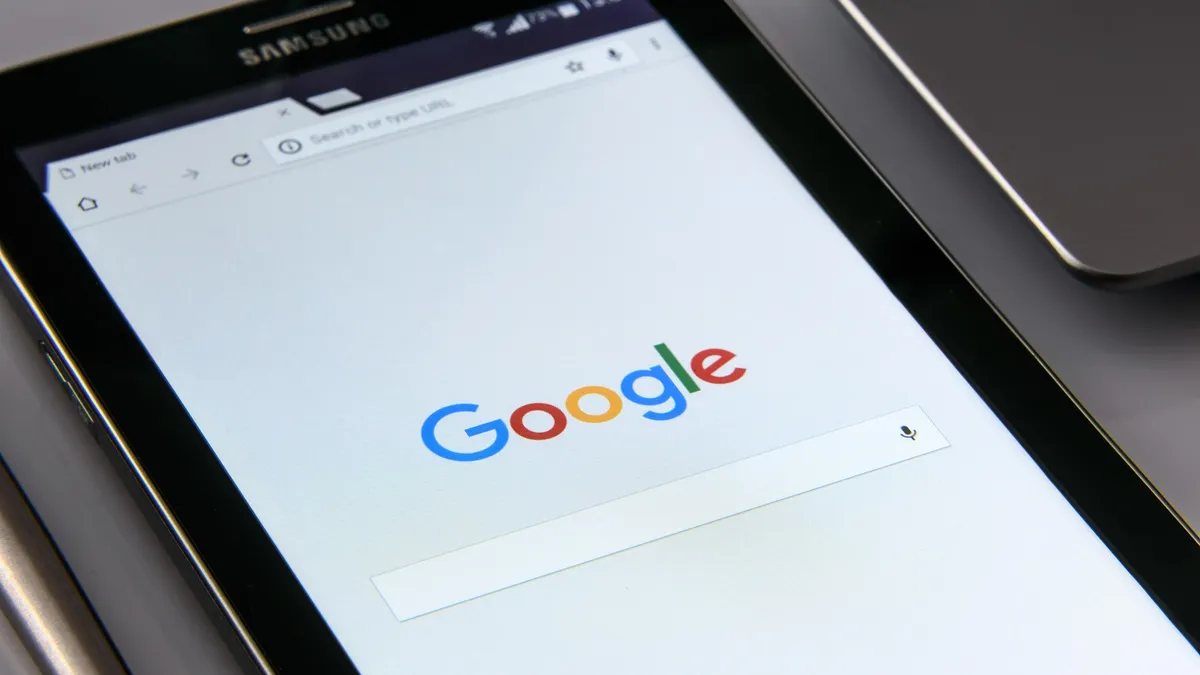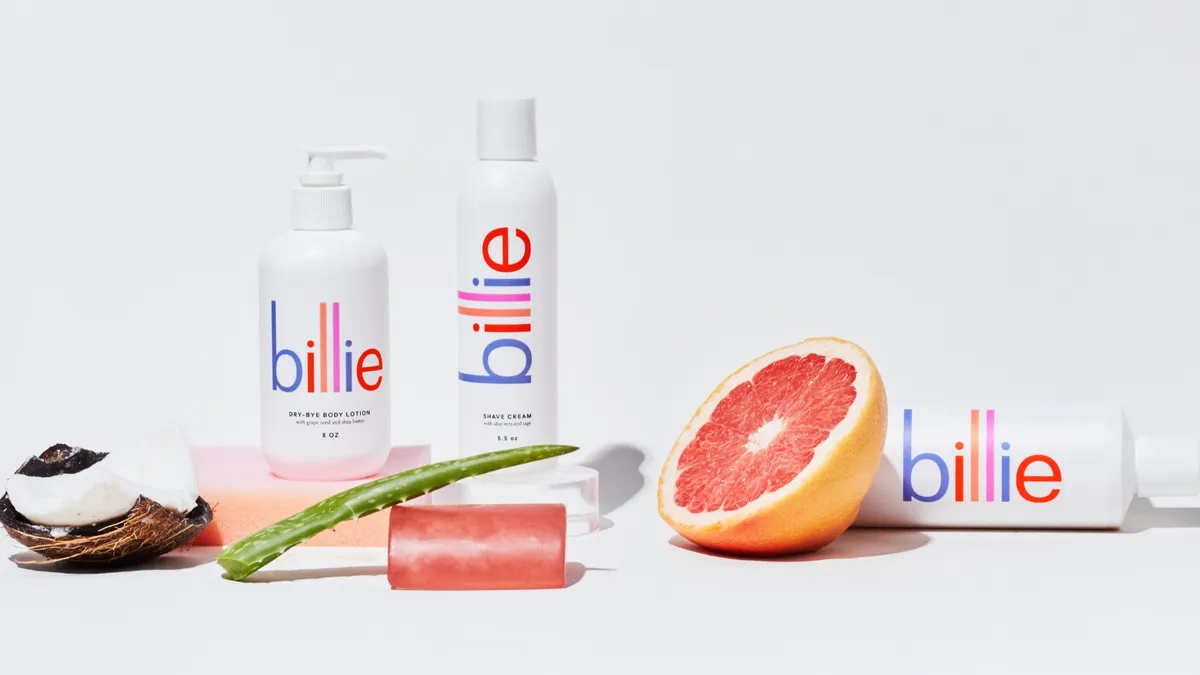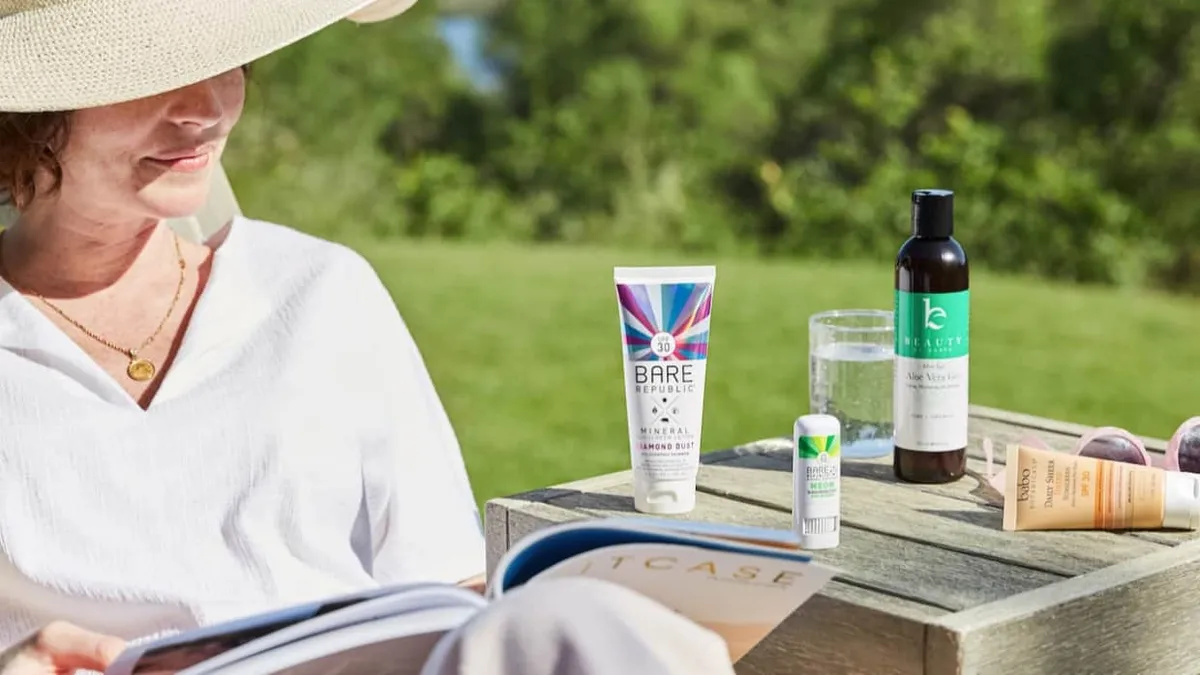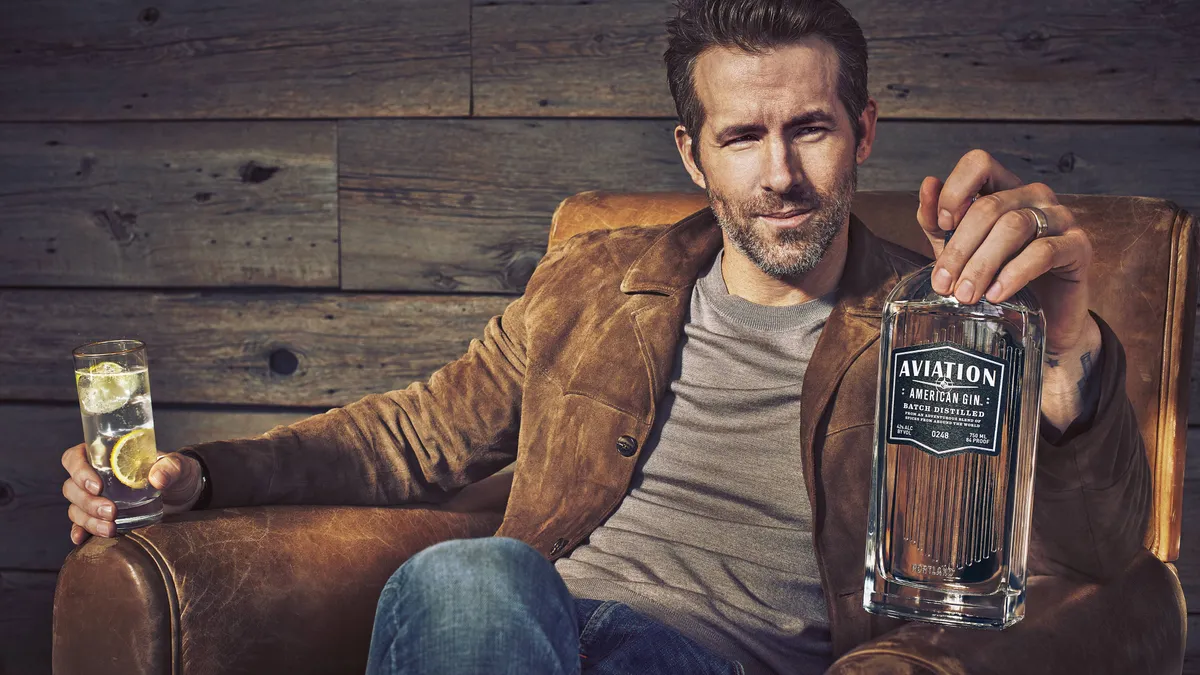If there wasn't a clear breakout ad during Sunday's Super Bowl 50, one trend did emerge from the pack: marketers have shifted their attention squarely to millennials.
As of last year, Generation Y became the largest demographic in America, outnumbering Baby Boomers' 83 million to 75 million, according to data from the U.S. Census Bureau. However, the highly-coveted age group presents somewhat of a conundrum for marketers looking to win them over.
With $200 billion in annual buying power, millennials aren't easily swayed by advertising -- an Elite Daily millennial consumer study from last year found that a scant 1% of millennials said that compelling campaigns would make them trust a brand more.
"Millennials are difficult to engage, and every company is going to pull out all the stops to attract them," AdParlor Director of Communications Paul Herdtner told Marketing Dive.
Herdtner believes "the shift has happened" and the "demographics have spoken." As a result, advertisers are following the money trail, making necessary changes to lure millennials.
"They certainly weren't neglected in terms of targeting," Derek Rucker, professor of entrepreneurial sales in marketing at the Kellogg School of Management, told Marketing Dive.
"This might have been the pivot year," as Herdtner put it, when Super Bowl advertisements became more bluntly directed at Gen Y.
Super Bowl marketers look to gain ground among Gen Y
From the "quintessential boomer brand" Buick, as Herdtner describes it, to newcomers like PayPal and SoFi, the tone of Super Bowl 50 commercials was upbeat and young.
Take Buick's "The Big Game Meets The Big Day" spot where wedding guest Emily Ratajkowski channels Odell Beckham Jr. during the bouquet toss. The catch? Onlookers are more intrigued by Buick's new youthful look than the actress's winning play.
Or take a look at mobile payments company PayPal's debut ad touting the value of "The New Money in Town," a cashless, digital economy as opposed to the old, paper-filled one. Other brands of the digital guard like SoFi, Squarespace and Wix all rolled out ads during the big game.
Looking just at online ad views, Wix.com took the top spot, according to Ad Age, with more than 36 million views. Anodot, a company that works with Wix, provided Marketing Dive with stats that showed that mobile and tablet browsing on the company's website shot up 150% after the ad aired. An Anodot spokesperson pointed out that digital-first companies like Wix hold an advantage over other traditional brands in being able to see the immediate value in the TV spot -- an advantage that a snack brand, for example, doesn’t have because the real impact happens later when viewers actually get to a store to make a purchase.
The traffic numbers that Wix saw go hand in hand with another trend marketers are seeing among millennials: cord-cutting. CBS said its livestream of Sunday's game averaged 1.4 million viewers per minute and a total of 315 million minutes of game coverage were streamed.
An earlier Adobe Digital Index report predicted Super Bowl 50 would be a tipping point for the ad industry, with more than one in three fans watching live sports on a device other than a traditional TV. The report predicted many viewers, particularly millinnials, would be using their phones while they watch the game on another screen. Perhaps most importantly for marketers, the report found millennials were 58% more likely to watch an ad on social channels than on TV before the game.
The good news is that brands are listening to these statistics and taking their campaigns online. A hashtag usage report from IZEA found that while official Super Bowl hashtage usage dropped slightly this year, 53% of commercials contained a hashtag – up from 50% in 2015.
"With over 34 million millennial viewers, it’s integral that marketers move their Super Bowl campaigns online, where millennials are consuming content and interacting with brands," IZEA CEO Ted Murphy told Marketing Dive. "This is especially true for commercials aimed at millennials, such as Mountain Dew’s #puppymonkeybaby and T-Mobile’s Drake ad. T-Mobile received over 98,000 Twitter mentions on Sunday, generating lasting brand awareness for the company."
How to market to a millennial
Kellogg's Rucker explained that the Super Bowl is strategically a good venue for brands looking to make an impression with consumers, especially among brands looking to change consumers' minds -- such as those within the new digital guard and those seeking to reach younger audiences.
As a group, millennials are troublesome. They are blocking ads, skipping online commercials and watching less traditional TV. And, according to research from comScore, they spend 41% of their media time on mobile devices. These facts alone will tell you that to engage millennials with a 30-second spot, marketers will have to stretch it to social media and really get creative.
Another tactic that works is authenticity. A panel at the eMarketer Attention 2015! Event emphasized the importance of authenticity in marketing messages. However, Curalate CEO Apu Gupta cautioned marketers to avoid millennial slang terms because a Gen Y might be turned off by what they perceive as being pandered to.
Another example of authenticity working is socially conscious marketing. In fact, a study by Omnicom Group's Cone Communications found millennials will spend 70% more on brands that support causes.
Beyond authenticity, marketing to millennials requires a brand new mindset in that the generation shouldn’t really be marketed to as a demographic, according to a report from Hotwire PR. Instead Gen Y should be broken out into segments based on individual passions.
“The most important thing to remember is that ultimately, millennials are a diverse generation of consumers. They lead varying lifestyles and can't be reached with a one-size-fits-all approach," Curalate CMO Matt Langie told Marketing Dive last year. "The best thing marketers can do is to be educational, entertaining and visual.”
Langie also offered advice on how to reach millennials, saying the demographic is more aware of how marketers speak to them than older generations and that the way for marketers to be more authentic is to be engaging. “To effectively reach millennials, brands need to publish compelling, interesting creative that educates and/or entertains this demographic,” he explained.
For AdParlor's Herdtner, this shift is exciting -- a time where he says we might see even more changes around Super Bowl advertising.
"It's going to take a lot more effort and a lot more creativity to catch their eye and make loyal customers of [millennials]," he said.


